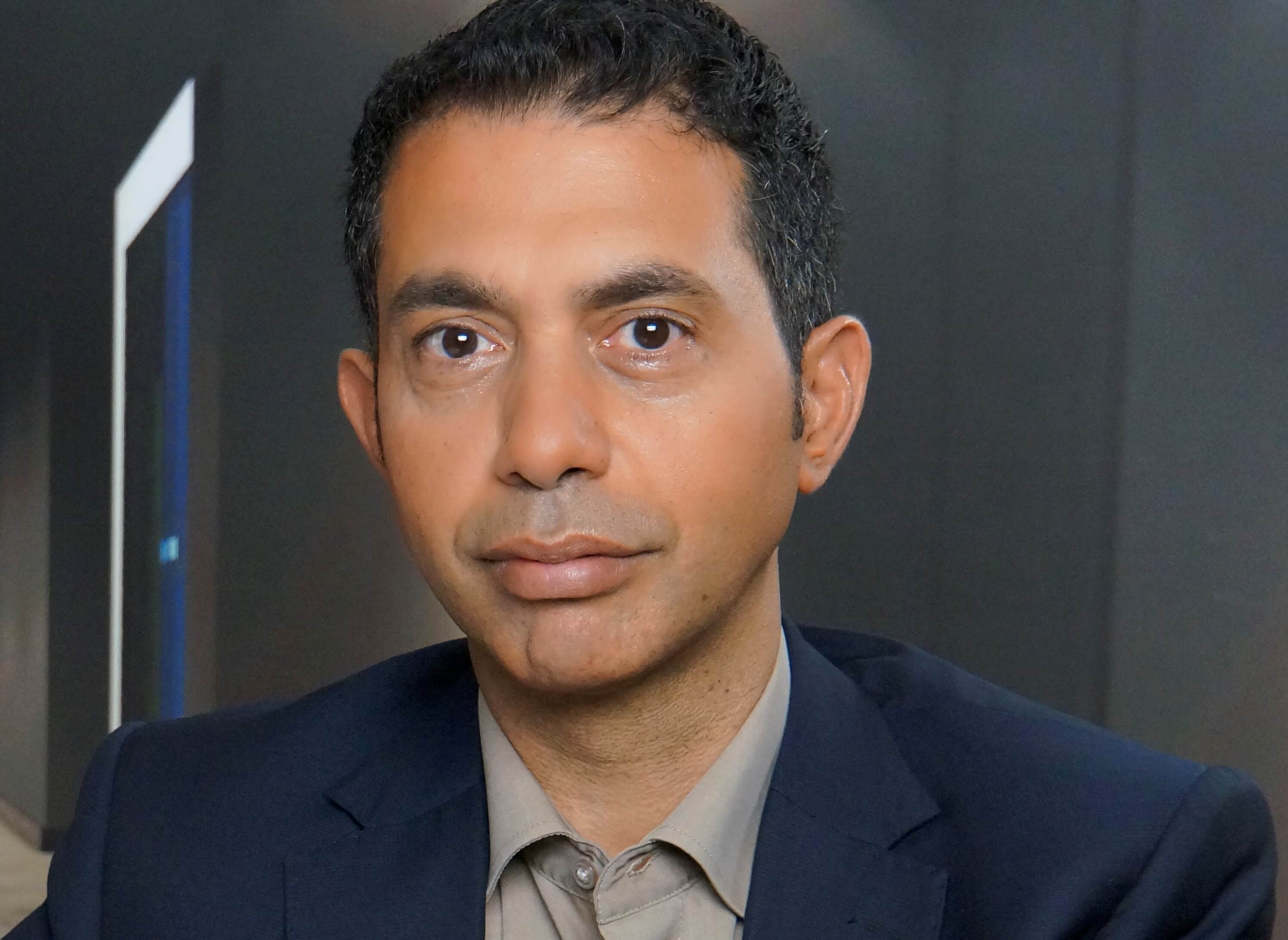What will the E/E architecture in the vehicle of tomorrow look like? And what requirements will this place on the semiconductors used? Dr. Fathi El-Dwaik, Vice President BMW Group E/E Systems, BMW AG, Munich, will address these questions in his keynote speech at the International VDI Congress ELIV 2024 on 16 and 17 October 2024 in Bonn. He answers our questions in advance.
Tomorrow's E/E Architectures Require New Semiconductors
Mr. El-Dwaik, how far has the transformation of the E/E architecture progressed?
The path to the Software Defined Vehicle (SDV) has been paved, with numerous series production launches such as BMW's “New Class” leading the way. The concept of integrating a dedicated control unit (ECU) into the vehicle for each function is being replaced by software-based functions and future-oriented architectures. Integration platforms and different zones in the vehicle characterize the new concepts.
However, manufacturers and suppliers still have a number of challenges to overcome in the course of this comprehensive transformation. The transformation of systems and processes that have proven themselves over decades to new concepts requires not only new technologies, but also new ways of working and new divisions of labor. At the same time, the task is to keep complexity manageable.
How will the separation of hardware and software change the requirements for semiconductors?
New semiconductor technologies and concepts are needed on the road to the Software Defined Vehicle. This is because the trend towards extensive platform integration requires ever more computing power and ever larger chips – while at the same time increasing demands are being placed on thermal management, for example.
The task is therefore to make the architectures of tomorrow leaner, more energy-efficient and more cost-effective. In my view, it is of central importance for our industry to discuss the requirements for semiconductors used in future vehicles now and to develop common standards, which in turn will accelerate and simplify semiconductor development.
What role can chiplet technology play in this?
Chiplet technology can play a decisive role in the development of Software Defined Vehicles. The modular structure of smaller, powerful chiplets allows the hardware to be designed to be significantly more flexible and adaptable. The optimum production processes in terms of robustness, cost efficiency and performance can be selected for the individual chiplets in order to achieve an optimum overall system. Chiplet technology can therefore certainly help to meet the requirements for future semiconductor components for the E/E architecture in SDVs.
What general expectations do you have of ELIV 2024?
For these reasons, we need joint, industry-wide activities to set fundamental, non-differentiating standards for the architectures of tomorrow. Open source software and digital homologation are also important topics in this transformation process. In my view, ELIV is of great importance in this respect, as it offers the opportunity to exchange ideas with the global community – an important added value, especially in these fast-moving and change-driven times.
About the person:

Source: BMW
Dr. Fathi El-Dwaik is Vice President BMW Group E/E Systems at BMW AG in Munich. At the international VDI Congress ELIV 2024, he will provide insights into BMW's future E/E architecture and the associated requirements for semiconductors.
